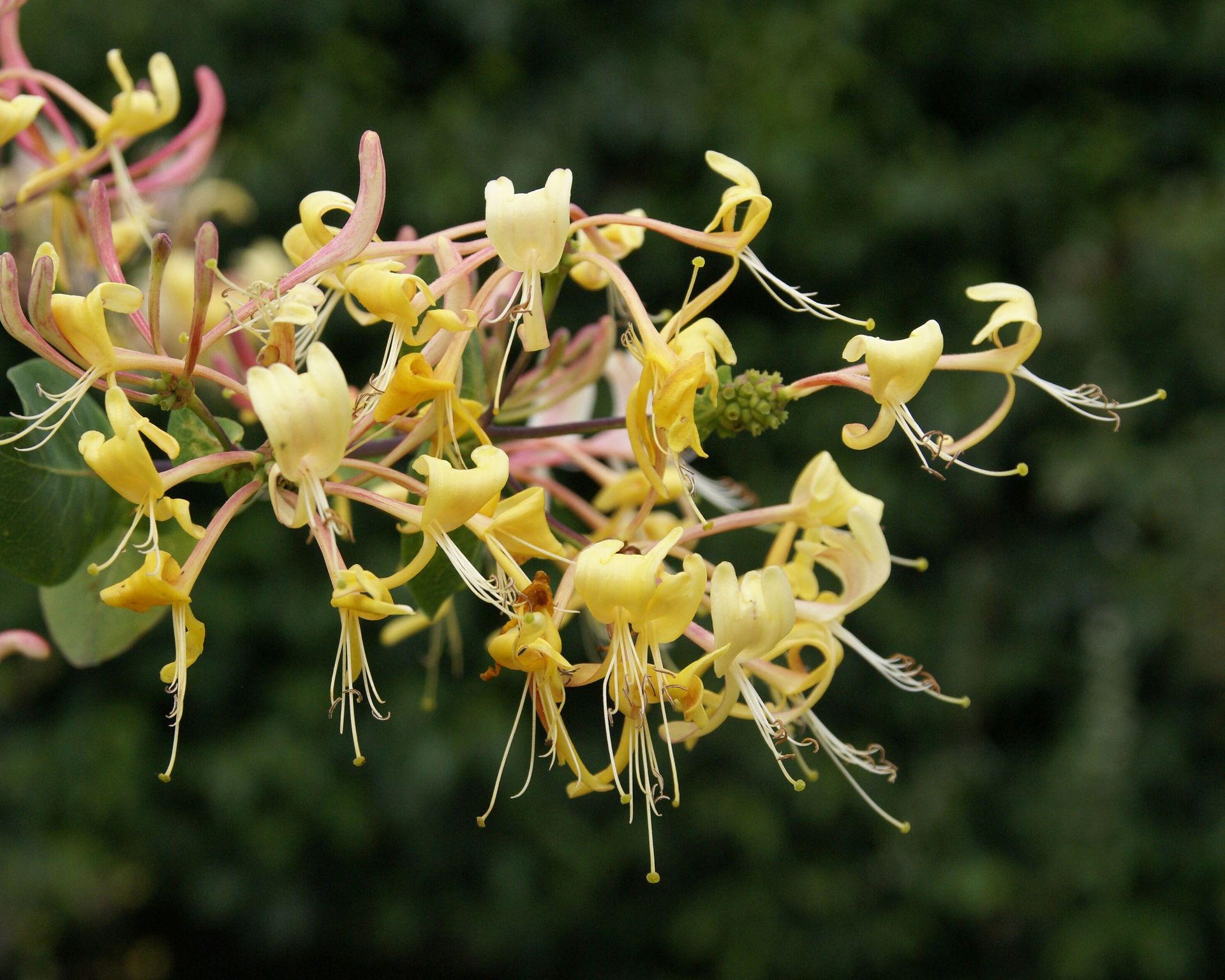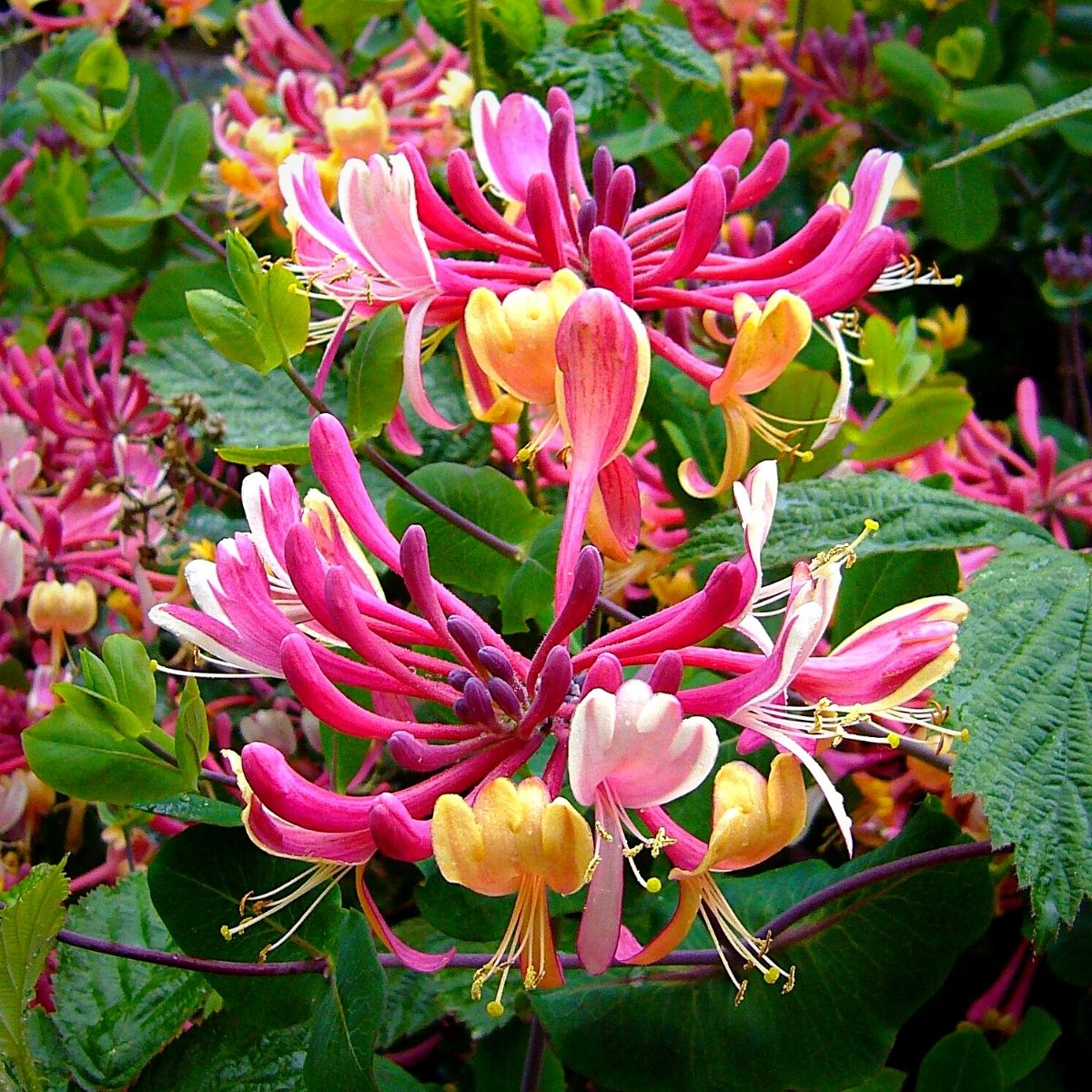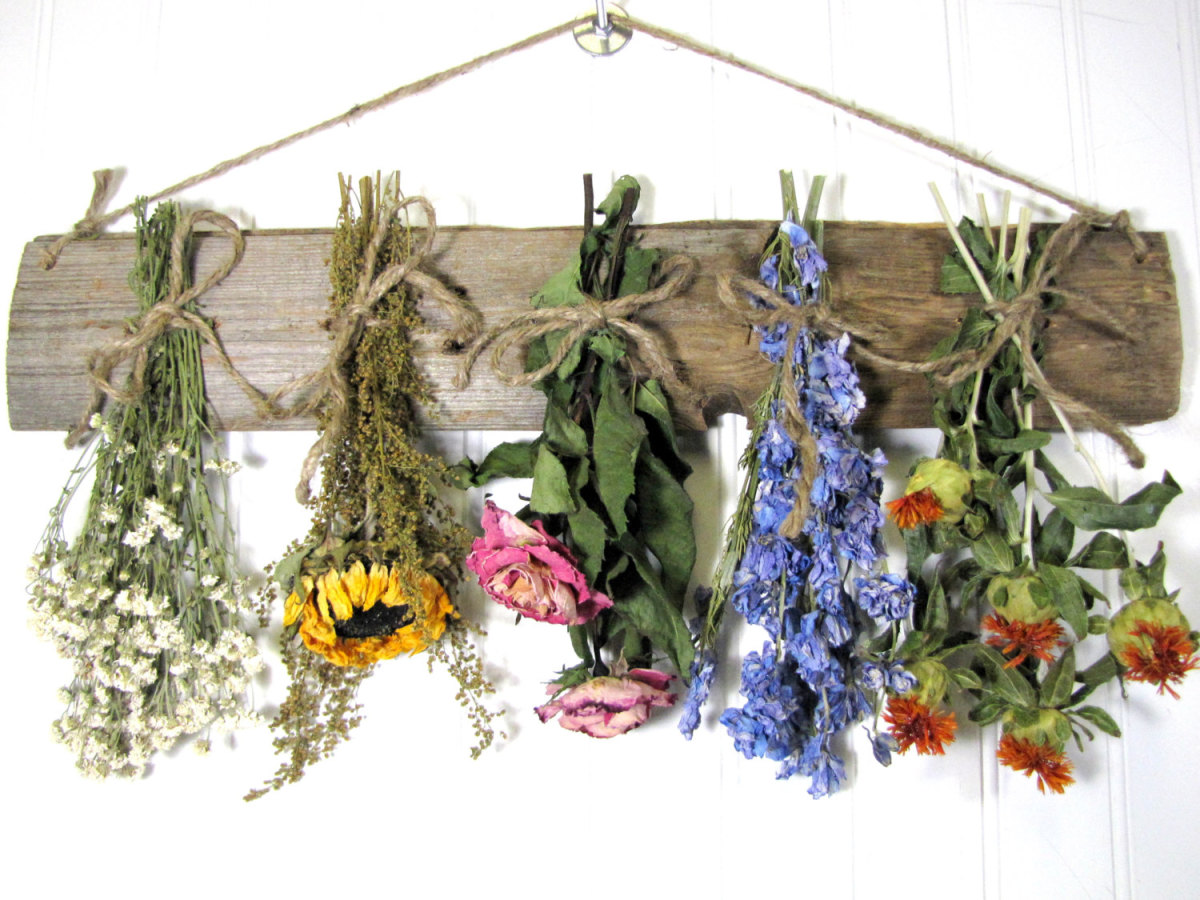The Beauty of Preserved Honeysuckle: Why Dry Your Own Flowers
Honeysuckle flowers are a timeless and versatile bloom that can add a touch of elegance and fragrance to any arrangement. Preserving these flowers allows you to enjoy their beauty year-round, and with the right techniques, you can achieve professional-looking results. Learning how to dry honeysuckle flowers is a simple and rewarding process that can be done at home with minimal equipment. By drying your own honeysuckle flowers, you can use them in a variety of crafts, potpourri, and wreaths, adding a personal touch to your creations.
Preserved honeysuckle flowers can be used in a multitude of ways, from adding a fragrant and delicate touch to potpourri blends to creating stunning wreaths and arrangements. The process of drying honeysuckle flowers is relatively simple and requires minimal equipment, making it accessible to crafters and flower enthusiasts of all skill levels. With the right techniques and a little patience, you can enjoy the beauty of honeysuckle flowers year-round.
One of the main benefits of drying your own honeysuckle flowers is the ability to customize the color and texture to suit your needs. By using different drying methods and techniques, you can achieve a range of colors and textures, from delicate and pale to vibrant and bold. This allows you to create unique and personalized arrangements that reflect your style and creativity.
In addition to their aesthetic appeal, preserved honeysuckle flowers also have a number of practical uses. They can be used in herbal remedies, potpourri blends, and even as a natural air freshener. By learning how to dry honeysuckle flowers, you can unlock a world of creative possibilities and enjoy the beauty and fragrance of these stunning blooms year-round.
Choosing the Right Honeysuckle Flowers for Drying
When it comes to drying honeysuckle flowers, selecting the right blooms is crucial for achieving optimal results. Fresh, fragrant, and healthy flowers are essential for producing high-quality dried flowers that will retain their color, texture, and fragrance. To ensure you’re choosing the best flowers for drying, look for blooms that are free of damage, disease, and pests.
Timing is also critical when harvesting honeysuckle flowers for drying. The best time to harvest is in the morning, after the dew has dried but before the heat of the day. This helps prevent moisture from accumulating on the flowers, which can lead to mold and mildew during the drying process. Avoid harvesting flowers that are past their prime, as they may be too fragile and prone to breakage.
When selecting honeysuckle flowers for drying, consider the color and texture you want to achieve. Different varieties of honeysuckle produce flowers with unique characteristics, such as white, yellow, pink, or red blooms. Choose flowers that are in their prime color and have a delicate, yet firm texture. Avoid flowers that are wilted, brown, or show signs of damage, as they may not dry well.
In addition to selecting the right flowers, it’s also important to consider the stem length and foliage. Longer stems can be more challenging to dry, so it’s best to choose flowers with shorter stems. Remove any excess foliage, as this can prevent air from circulating around the flowers during the drying process.
By choosing the right honeysuckle flowers for drying, you’ll be able to achieve professional-looking results and enjoy the beauty of these stunning blooms year-round. Whether you’re looking to create potpourri, wreaths, or other arrangements, selecting high-quality flowers is the first step in learning how to dry honeysuckle flowers effectively.
Preparing Honeysuckle Flowers for Drying: Cleaning and Trimming
Once you’ve selected the perfect honeysuckle flowers for drying, it’s essential to prepare them properly to ensure the best results. Cleaning and trimming the stems and removing any excess foliage are crucial steps in the drying process. This helps prevent moisture from accumulating on the flowers, which can lead to mold and mildew.
To clean the honeysuckle flowers, gently rinse them with cool water to remove any dirt or debris. Use a soft-bristled brush to gently sweep away any remaining dirt or dust. Avoid using harsh chemicals or soap, as these can damage the delicate petals and affect the drying process.
Next, trim the stems of the honeysuckle flowers to the desired length. This will help prevent the stems from becoming too long and unwieldy during the drying process. Use a sharp pair of scissors or pruning shears to trim the stems, making sure to cut at an angle to promote water uptake and prevent the stems from sitting too deeply in the drying medium.
Remove any excess foliage from the stems, as this can prevent air from circulating around the flowers during the drying process. Use a pair of scissors or pruning shears to carefully trim away any leaves or debris, taking care not to damage the delicate petals.
After cleaning and trimming the honeysuckle flowers, they’re ready to be dried using one of the methods outlined in this guide. Whether you choose to air dry, use desiccants, or preserve with glycerin, proper preparation is key to achieving professional-looking results. By following these simple steps, you’ll be well on your way to learning how to dry honeysuckle flowers like a pro.
Air Drying Honeysuckle Flowers: A Simple and Effective Method
Air drying is a simple and effective method for preserving honeysuckle flowers. This method allows the flowers to dry slowly and naturally, helping to preserve their color, texture, and fragrance. To air dry honeysuckle flowers, start by tying the stems in small bunches using a piece of twine or wire. This will help to prevent the stems from getting tangled and make it easier to hang them up to dry.
Next, hang the bunches of honeysuckle flowers upside down in a warm, dry, dark place. Avoid hanging them in direct sunlight, as this can cause the flowers to fade or become discolored. A temperature range of 60-70°F (15-21°C) is ideal for air drying honeysuckle flowers.
Allow the honeysuckle flowers to air dry for 2-4 weeks, or until they are completely dry and brittle. Check on the flowers regularly to ensure they are not developing any mold or mildew. If you notice any signs of moisture or mold, remove the affected flowers and continue to dry the remaining ones.
Once the honeysuckle flowers are dry, you can use them in a variety of crafts and arrangements. They can be used to make potpourri, wreaths, and other decorative items. You can also use them to make floral arrangements, or combine them with other dried flowers and foliage to create a unique and beautiful display.
Air drying is a great way to preserve honeysuckle flowers because it allows them to retain their natural color and texture. This method is also relatively easy and requires minimal equipment, making it a great option for those who are new to drying flowers. By following these simple steps, you can learn how to dry honeysuckle flowers using the air drying method and enjoy their beauty for months to come.
Using Desiccants to Dry Honeysuckle Flowers: A Faster Alternative
Desiccants are a popular method for drying honeysuckle flowers quickly and effectively. Desiccants, such as silica gel or borax, absorb moisture from the flowers, allowing them to dry rapidly and retain their color and texture. This method is ideal for those who want to dry honeysuckle flowers quickly, as it can take as little as 1-2 weeks to achieve dry flowers.
To use desiccants to dry honeysuckle flowers, start by selecting a desiccant that is specifically designed for drying flowers. Silica gel and borax are two popular options that are available at most craft stores or online. Follow the instructions on the packaging to prepare the desiccant for use.
Once the desiccant is prepared, place the honeysuckle flowers in a container with the desiccant. Make sure the flowers are completely covered by the desiccant, as this will help to absorb moisture evenly. Seal the container and store it in a warm, dry place.
Check on the flowers regularly to ensure they are drying evenly. If the desiccant becomes saturated with moisture, replace it with fresh desiccant to continue the drying process. Once the flowers are dry, remove them from the desiccant and use them in your desired craft or arrangement.
Using desiccants to dry honeysuckle flowers is a great way to achieve professional-looking results quickly and easily. This method is ideal for those who want to dry flowers for crafts, potpourri, or wreaths. By following these simple steps, you can learn how to dry honeysuckle flowers using desiccants and enjoy their beauty for months to come.
Preserving Honeysuckle Flowers with Glycerin: A Professional Touch
Glycerin is a popular method for preserving honeysuckle flowers, and for good reason. This method allows for a professional-looking finish, with flowers that retain their color, texture, and fragrance. To preserve honeysuckle flowers with glycerin, start by mixing 1 part glycerin with 2 parts water in a bowl. Stir the mixture well to ensure the glycerin is fully dissolved.
Next, add the honeysuckle flowers to the glycerin mixture, making sure they are completely submerged. If necessary, weigh down the flowers with a plate or a heavy object to keep them under the surface. Cover the bowl with plastic wrap or a lid to prevent evaporation and contamination.
Allow the honeysuckle flowers to soak in the glycerin mixture for 2-4 weeks, or until they have reached the desired level of preservation. Check on the flowers regularly to ensure they are not becoming too dry or brittle. If necessary, add more glycerin mixture to the bowl to keep the flowers submerged.
Once the honeysuckle flowers have been preserved with glycerin, they can be used in a variety of arrangements and crafts. They can be combined with other dried flowers and foliage to create beautiful wreaths, potpourri, and other decorative items. The glycerin helps to retain the flowers’ natural color and texture, making them look fresh and vibrant for months to come.
Preserving honeysuckle flowers with glycerin is a great way to achieve professional-looking results. This method is ideal for those who want to create beautiful arrangements and crafts that will last for months. By following these simple steps, you can learn how to dry honeysuckle flowers with glycerin and enjoy their beauty for a long time.
Tips for Drying Honeysuckle Flowers: Common Mistakes to Avoid
Drying honeysuckle flowers can be a delicate process, and it’s easy to make mistakes that can affect the quality of the final product. To ensure you get the best results, here are some common mistakes to avoid when drying honeysuckle flowers.
One of the most common mistakes is not preparing the flowers properly before drying. This can lead to mold, mildew, and discoloration. Make sure to clean and trim the stems, and remove any excess foliage before drying.
Another mistake is not providing enough air circulation during the drying process. This can cause the flowers to become soggy and develop mold or mildew. Make sure to provide good air circulation, either by hanging the flowers upside down or by using a fan to circulate the air.
Using too much heat is also a common mistake. Honeysuckle flowers are delicate and can be damaged by high temperatures. Avoid using heat to speed up the drying process, as this can cause the flowers to become brittle and discolored.
Not monitoring the humidity level is another mistake to avoid. Honeysuckle flowers are sensitive to humidity, and high humidity can cause them to become soggy and develop mold or mildew. Make sure to monitor the humidity level and adjust the drying process accordingly.
Finally, not storing the dried flowers properly can also affect their quality. Make sure to store the dried flowers in a cool, dry place, away from direct sunlight and moisture.
By avoiding these common mistakes, you can ensure that your dried honeysuckle flowers are of high quality and will last for a long time. Remember to always follow the proper techniques and take the necessary precautions to ensure the best results.
Using Dried Honeysuckle Flowers in Crafts and Arrangements
Dried honeysuckle flowers are a versatile and beautiful addition to a variety of crafts and arrangements. They can be used to create stunning wreaths, potpourri, and other decorative items that will add a touch of elegance and fragrance to any room.
One of the most popular ways to use dried honeysuckle flowers is in wreath-making. Simply combine the dried flowers with other dried flowers, foliage, and decorative items, such as ribbons and bows, to create a beautiful and fragrant wreath that can be hung on a door or wall.
Dried honeysuckle flowers can also be used to make potpourri, a mixture of dried flowers, herbs, and spices that is designed to fragrance and decorate a room. Simply combine the dried flowers with other dried flowers, herbs, and spices, and place them in a decorative bowl or sachet.
In addition to wreath-making and potpourri, dried honeysuckle flowers can also be used in a variety of other crafts and arrangements, such as floral arrangements, garlands, and centerpieces. They can be combined with other dried flowers, foliage, and decorative items to create stunning and fragrant arrangements that will add a touch of elegance and beauty to any room.
When using dried honeysuckle flowers in crafts and arrangements, it’s a good idea to combine them with other dried flowers and foliage to create a visually interesting and fragrant arrangement. Some popular combinations include combining dried honeysuckle flowers with dried roses, lavender, and baby’s breath, or with other dried flowers and foliage, such as eucalyptus and ferns.
Overall, dried honeysuckle flowers are a versatile and beautiful addition to a variety of crafts and arrangements. They can be used to create stunning wreaths, potpourri, and other decorative items that will add a touch of elegance and fragrance to any room.








